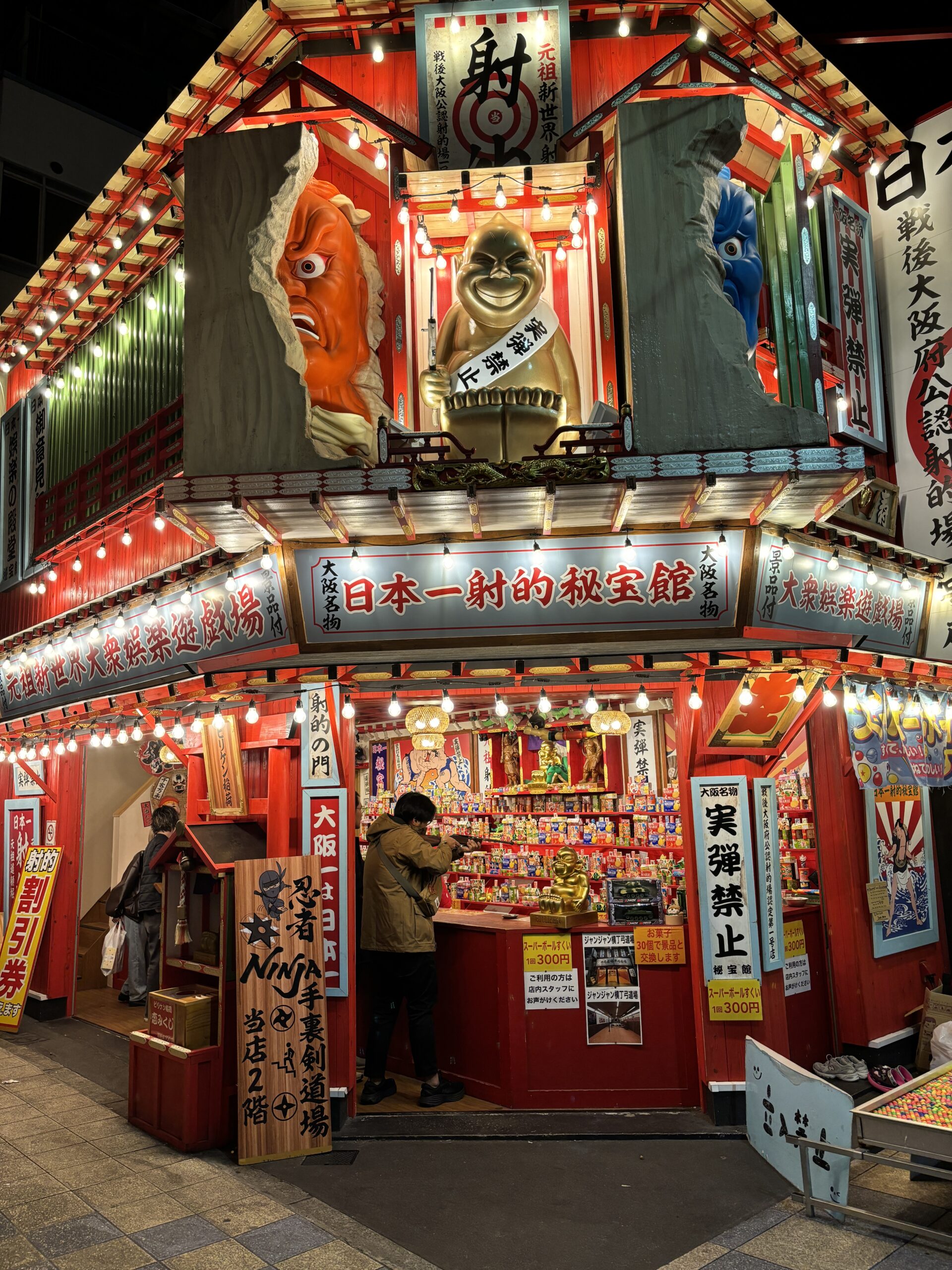I want to write something about today’s drinking culture in Japan. I recently went with some retired coworkers to hang out at a bar and talk about how drinking was in their days. It made me realize the differences between the past and the present. To put it simply, when he was young, he used to drink a lot at night after work. It wasn’t about the quality they pursued but the amount consumed or how deeply they drank. This was probably in the 1980s or 1990s when the economy in Japan was booming, and I’ve heard stories about how business people would spend money lavishly to show off. However, this period didn’t last long, and the so-called “bubble economy” crashed in the early 90s. After that, we went down the road to a period of banking disaster where many companies suffered or went bankrupt because they couldn’t recover the money they had lent. I don’t know if this impacted how Scotch was consumed or appreciated, but even Yamazaki went through hard times regarding sales. We wish there were a time machine to travel back and get aged Yamazaki at a much cheaper price.
And since some years ago, we have seen some upheaval in the popularity of both Scotch whisky and, followed by the Japanese whiskies. The aged ones from big brands, like Yamazaki or Nikka, are hardly available even in the domestic market. We are witnessing the surge of newly built Japanese single malt whisky distilleries, some coming from Shochu makers. It is not only the whiskies we are trying to make in an organic style, focusing on the neighboring farmers’ grown crops, but also in a small-batch craft style in pursuit of quality. This movement is mainly organized by the younger generation, which is open to innovative ideas that stand apart from the traditional and authentic style of already-known makers. Especially in the Scotch whisky scene, the history of big-name distilleries originally comes from small-scale family distilleries. They are subjected to the issues of how to keep such stories rolling, and anything they produce follows the line and the extension of the path they have taken. On the other hand, the newly built distillery has more freedom in how they want to build up their brands.
Anyway, I was talking with them about how they have enjoyed drinking in the past and how we go for drinks now. We are spending less time and less money on drinks compared to the past. But the way we go for drinks is more quality-oriented, definitely focused on something other than the amount we care about so much. I never see younger people caring about how much they drink. I also noticed that the male-oriented drinking culture is now changing into a more diverse one. This is especially true in cities where female clients are visible. The drinking style has shifted regarding where it is consumed and how the makers create it. More makers now care about how the materials are sourced, how they go through the process, and the stories behind them. The labels they put on are becoming more artistic or picturesque. This widens the range of ways we enjoy alcohol and the accompanying accessories, such as the food pairings, the interior of the space, the music played, the fashion of the bartenders, the location, and everything has slightly moved towards being more acceptable to everyone. It nicely blends into the city’s entertainment. It is more unique and characteristic than the old-style bars that uniformly offer similar services. This is natural because everyone used to come just for a drink and to get drunk, not to appreciate the essence of what they held in their hands. The attitude of the makers was to prioritize productivity over quality. Now is the time to go for a drink, appreciate whatever you have, and spend time alone or with your friends to relax and enjoy the scene with drinks of good quality. This is why I opened this page to explore more about the beauty of its culture and the content with actual examples of my experience!
Share via:
